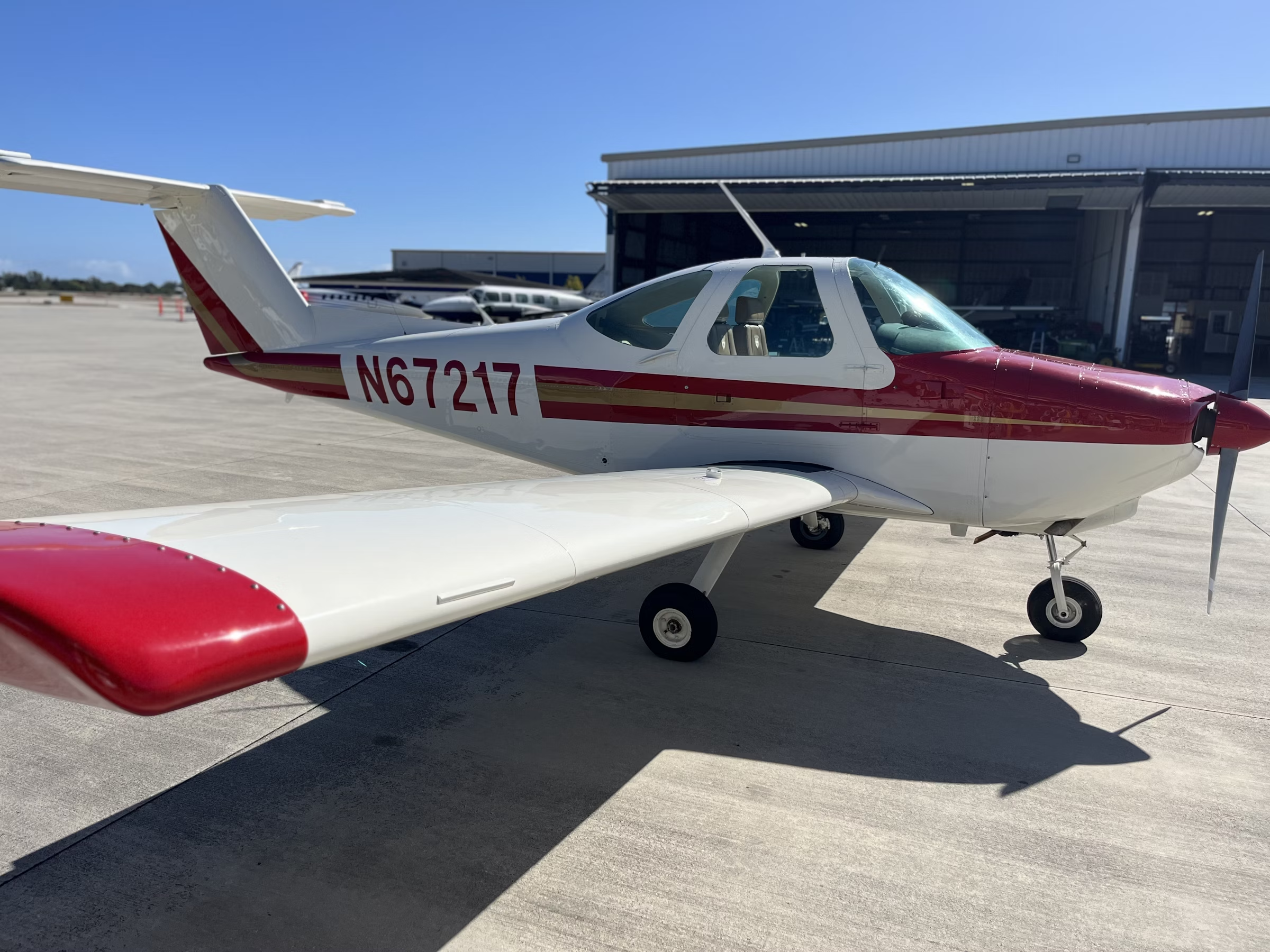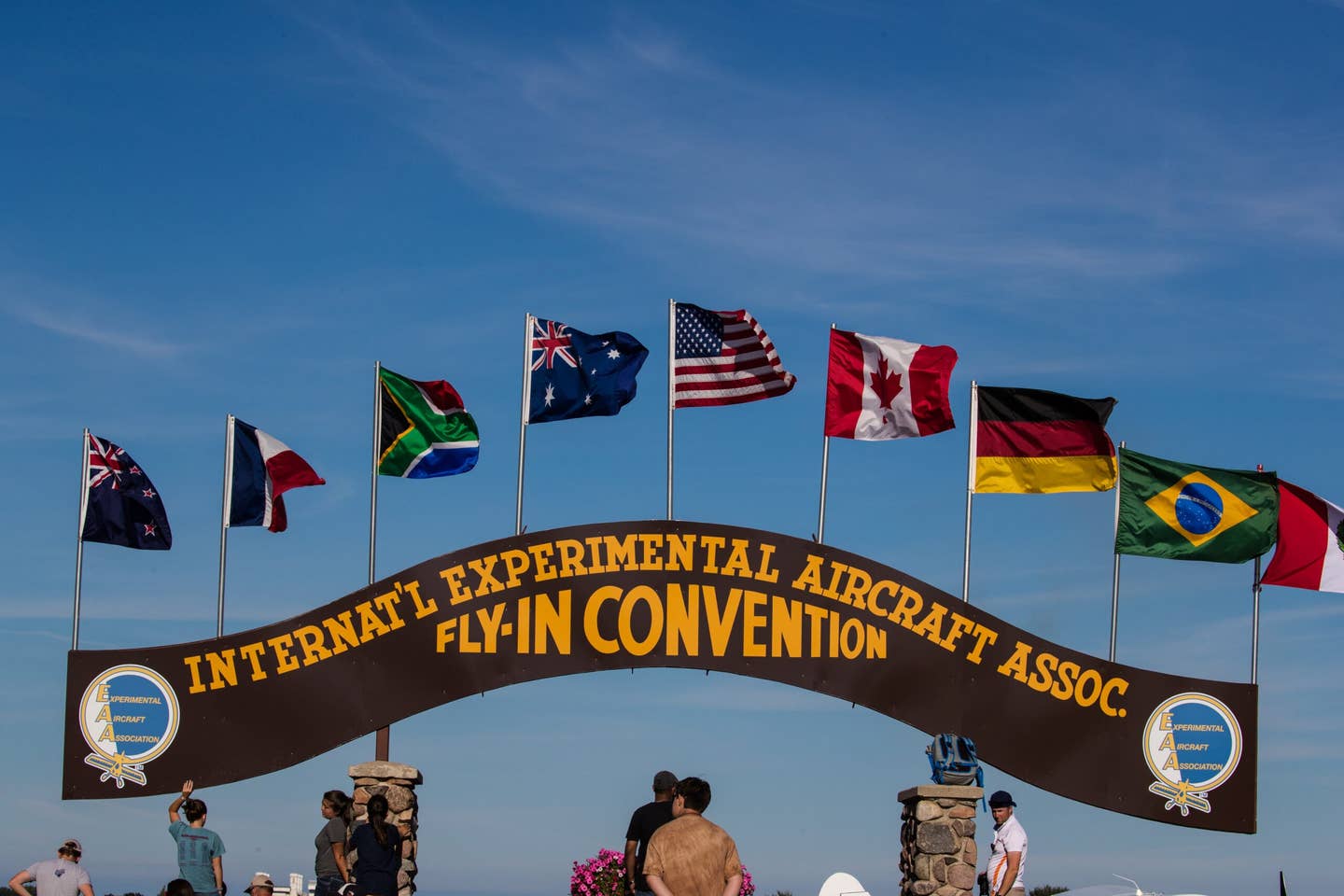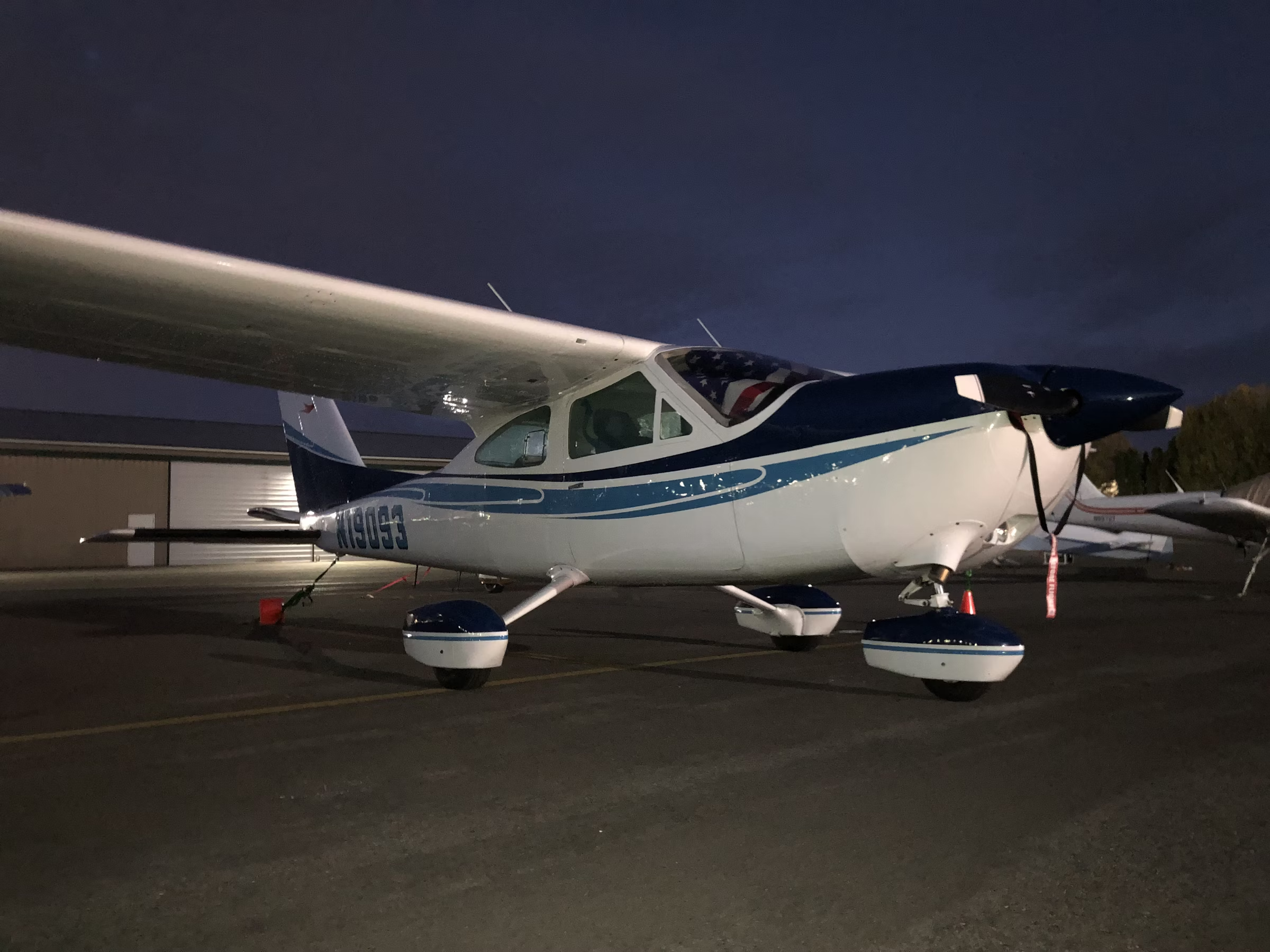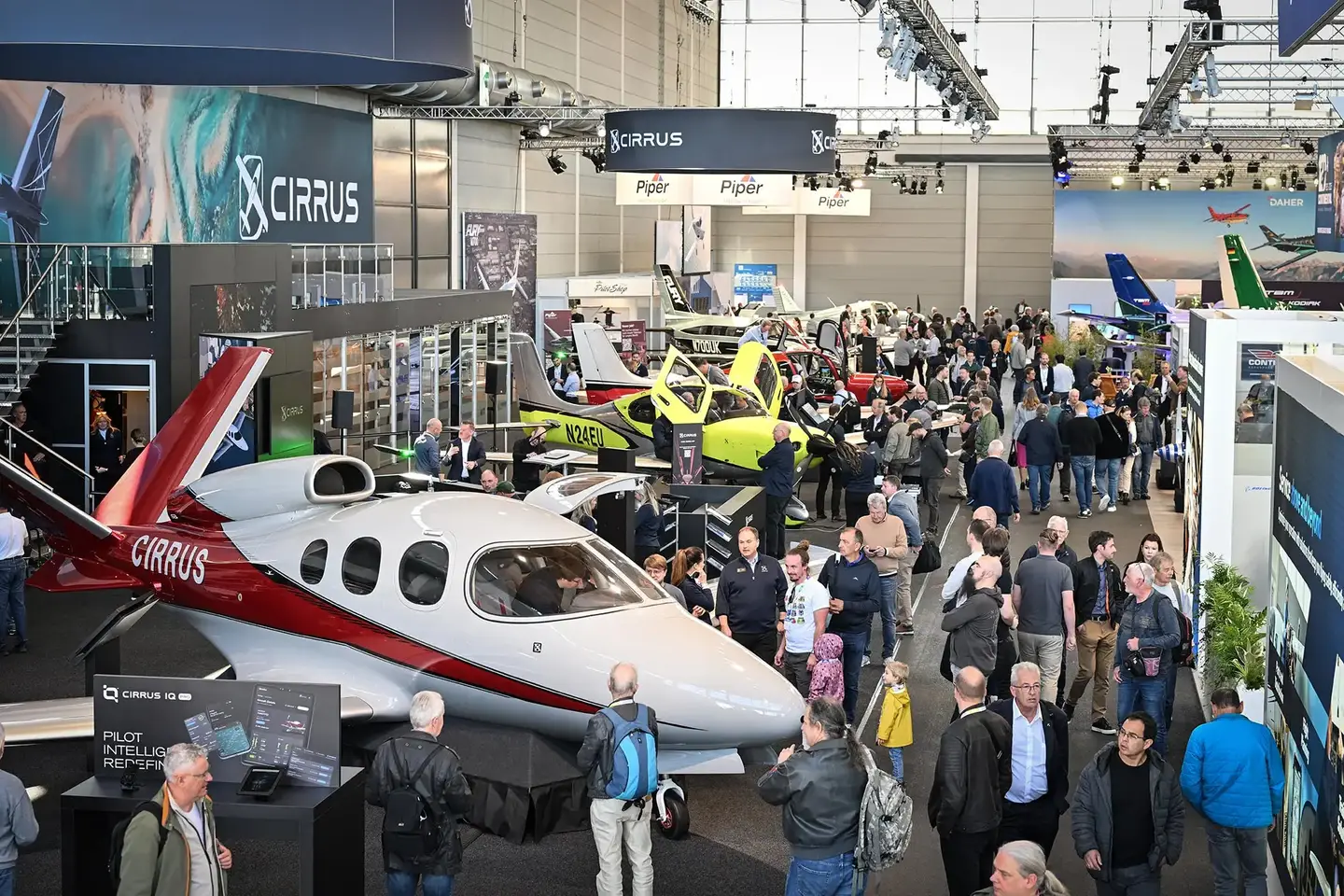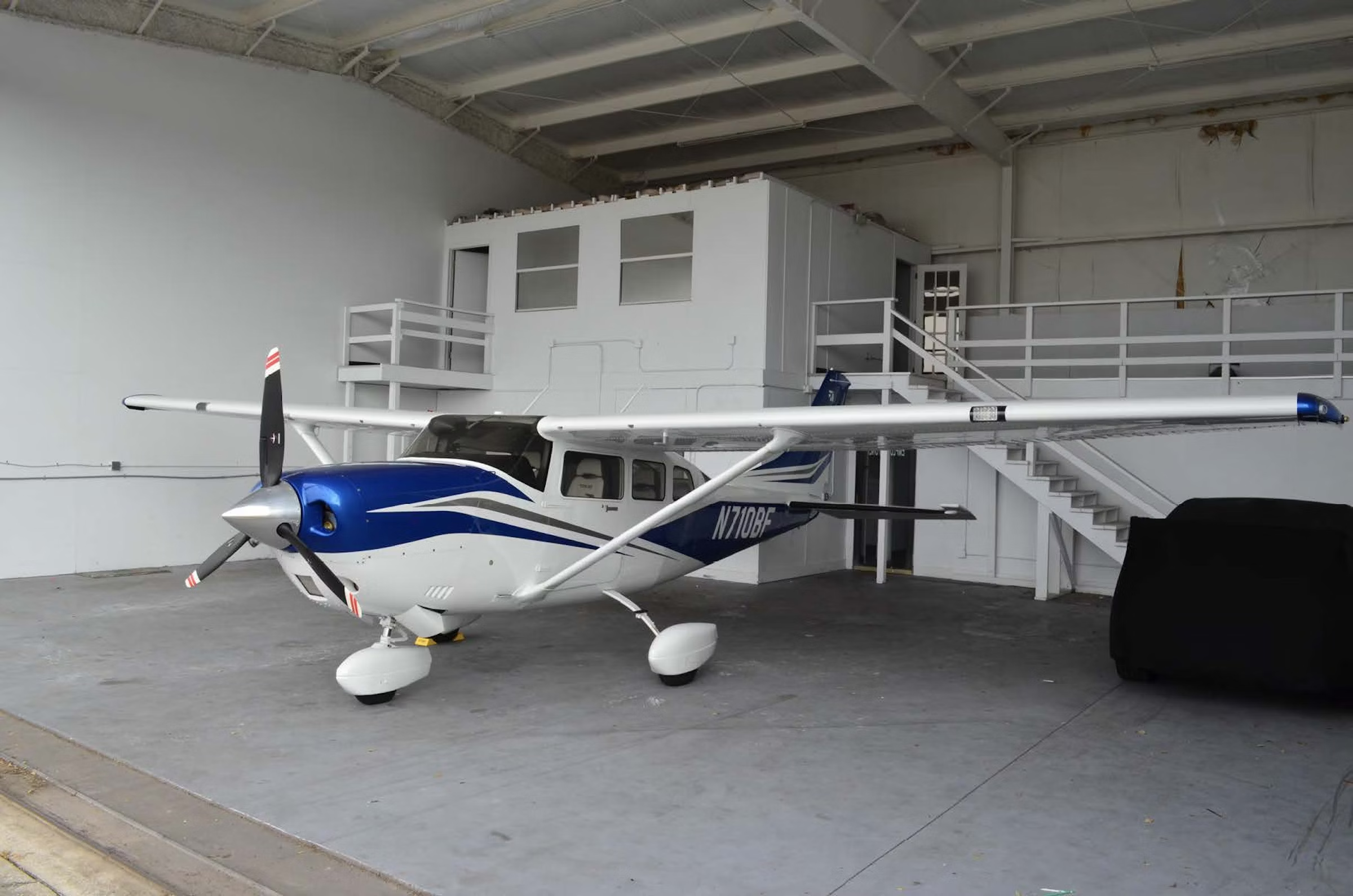Sharkskin System Used to Reduce Drag of 777 Cargo Jets
All Nippon Airways and EVA Air are early adopters of fuel-saving technology.
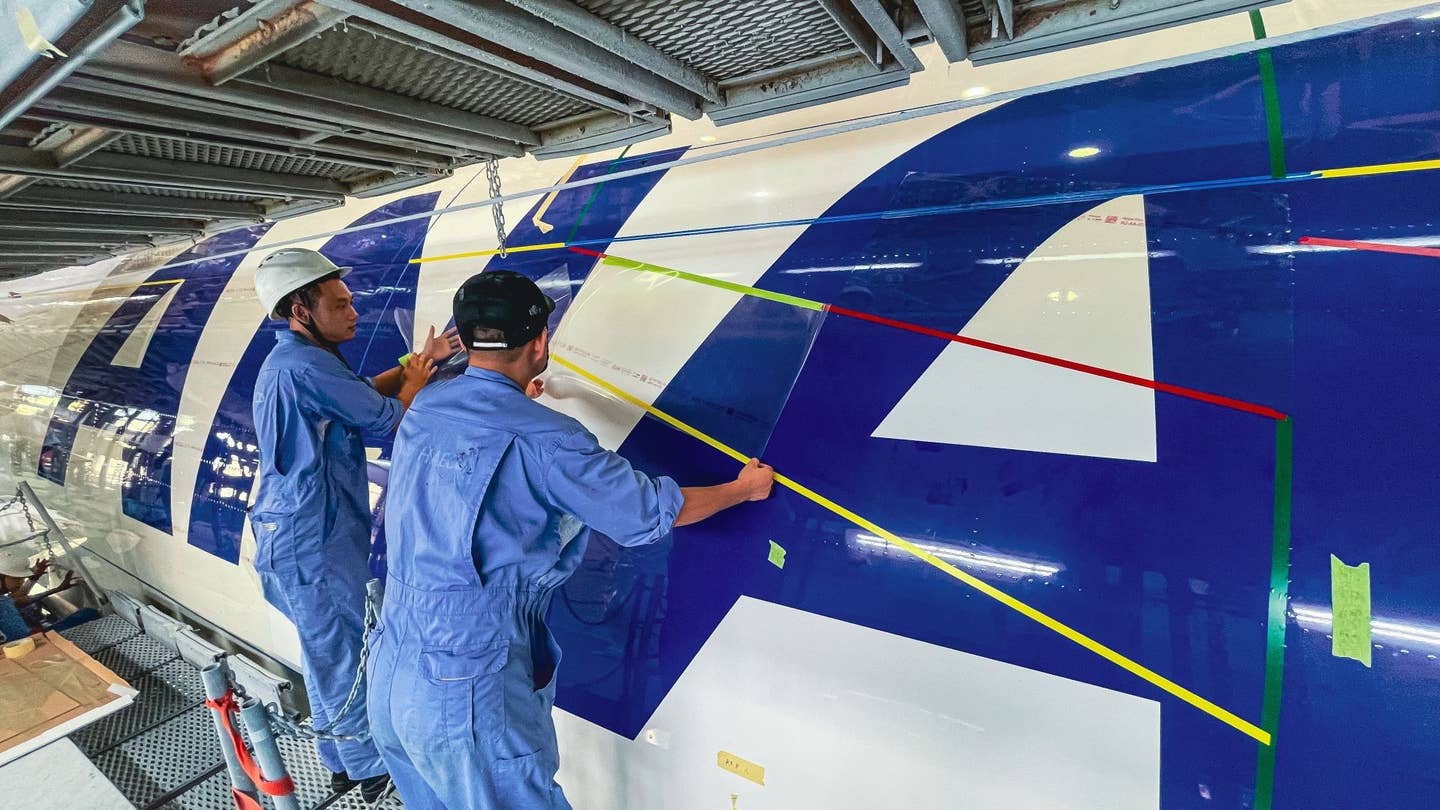
Airframe repair specialists apply the AeroShark technology to an All Nippon Airways 777 freighter. [Lufthansa Technik/ANA]
Freighter airlines are leading the way in fitting aircraft with a new high-tech coating that mimics the structure of a shark’s skin to reduce aerodynamic drag and fuel consumption.
EVA Air and All Nippon Airways recently became the first Asian carriers to equip Boeing 777 freighters with the friction-reducing AeroShark surface film, following the footsteps of Lufthansa Cargo and Swiss International Air Lines.
All Nippon Airways said it began operating its first 777 freighter with the special coating on Sunday and plans to become the first airline to operate both freighter and passenger variants of the 777 with the AeroShark technology by next spring.
Lufthansa Technik, a provider of maintenance and other technical services for commercial aircraft, developed AeroShark with German chemical and coating manufacturer BASF to address the need for more sustainable air transport. The nearly invisible coating is designed to be weather-resistant and simple to apply.
Aircraft surfaces are exposed to UV radiation as well as temperature and pressure fluctuations at high altitudes that can alter smoothness. The low-friction film consists of riblets—small protrusions measuring about 50 micrometers or 0.002 inches—that imitate the hydrodynamic properties of sharkskin and allow air to flow more smoothly over the aircraft during flight. The subsidiary of Deutsche Lufthansa AG estimates the riblet film, which is applied to most of the fuselage and engine nacelles during scheduled maintenance layovers, reduces drag by about 1 percent.
The sharkskin modification’s ability to reduce friction and emissions is slightly better on cargo than on passenger aircraft because the film is applied to a greater area due to the absence of windows, according to BASF.
An All Nippon Airways maintenance contractor applied the specialty film to the 777 freighter, which the airline says will reduce fuel use by 275 tons and greenhouse gas emissions by 881 tons per year. ANA said it will evaluate the real-world effectiveness of the technology in daily operations before deciding whether to expand its use to other 777 aircraft in the fleet.
Taiwan-based EVA Air has signed up to add the low-friction film to its entire fleet of nine 777 cargo jets by 2027, Lufthansa Technik announced late last month. The first aircraft was modified by EVA Air’s affiliate, Evergreen Aviation Technologies, under close supervision and is expected to reenter commercial service early this month. EVA Air expects to save more than 2,750 tons of jet fuel and about 8,600 tons of carbon dioxide emissions per year once the entire fleet is retrofitted.
Lufthansa Cargo, which operates 18 B777 cargo jets, was the first to adopt the sharkskin technology in 2023. It has modified five 777 freighters so far and plans to gradually apply the coating to the remaining fleet by 2027, spokesman Jan Paulin said. Lufthansa Cargo has previously said that it will save more than 4,400 tons of jet fuel per year across its entire 777 fleet, which corresponds to about 53 cargo flights from its base in Frankfurt, Germany, to Shanghai.
Swiss International Air Lines, also part of the Lufthansa Group, in May finished equipping all 12 of its Boeing 777-300 extended-range passenger jets with AeroShark technology. It is considering applying the film to other long-haul aircraft in its fleet, according to the May edition of the airline’s magazine. Last month, Austrian Airlines, another Lufthansa subsidiary, announced it will be the first airline to outfit Boeing 777-200 extended-range passenger aircraft with the surface technology. A total of four 777-200s will receive the application, starting in December.
There are 19 total aircraft operating with the sharkskin technology in worldwide service.
Lufthansa Technik says it takes about a week to apply the transparent film to an aircraft. The company has regulatory approval to modify two types of Boeing 777 airframes with the AeroShark coating. It plans to seek change certification for additional aircraft types as well as the ability to apply the technology to even larger surface areas, such as the wings, which it claims could further reduce carbon dioxide emissions.
Editor’s Note: This article first appeared on FreightWaves.

Sign-up for newsletters & special offers!
Get the latest FLYING stories & special offers delivered directly to your inbox

